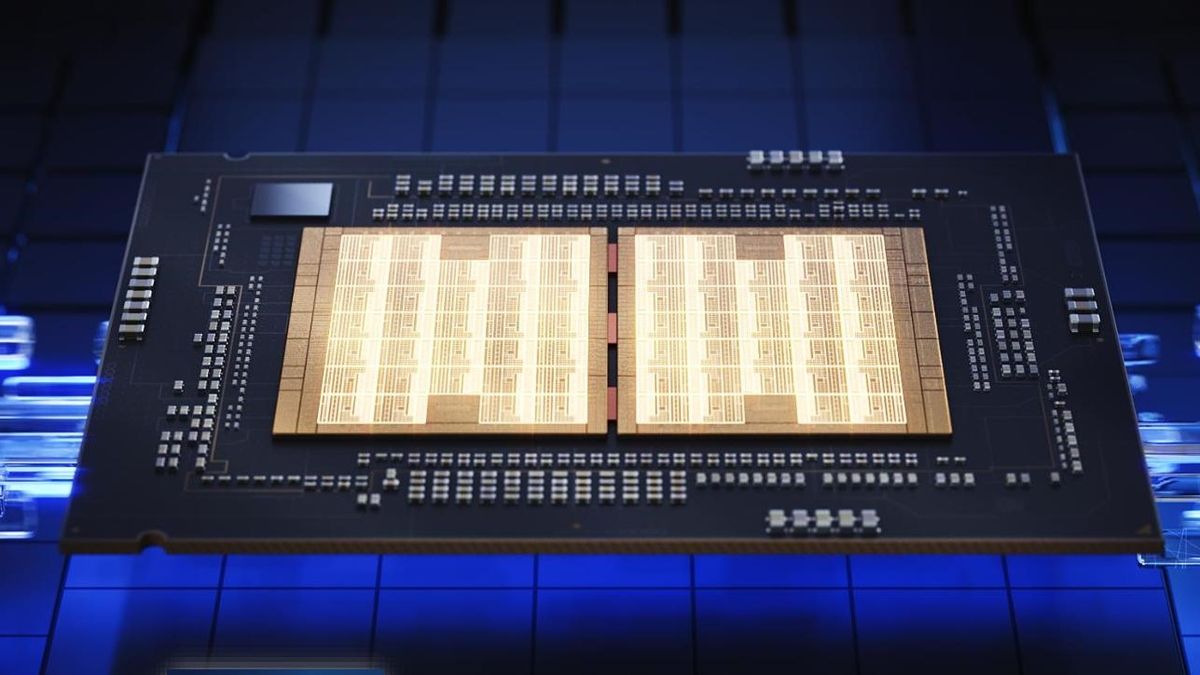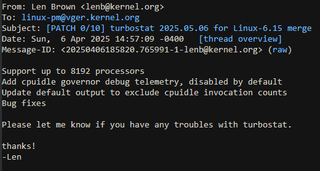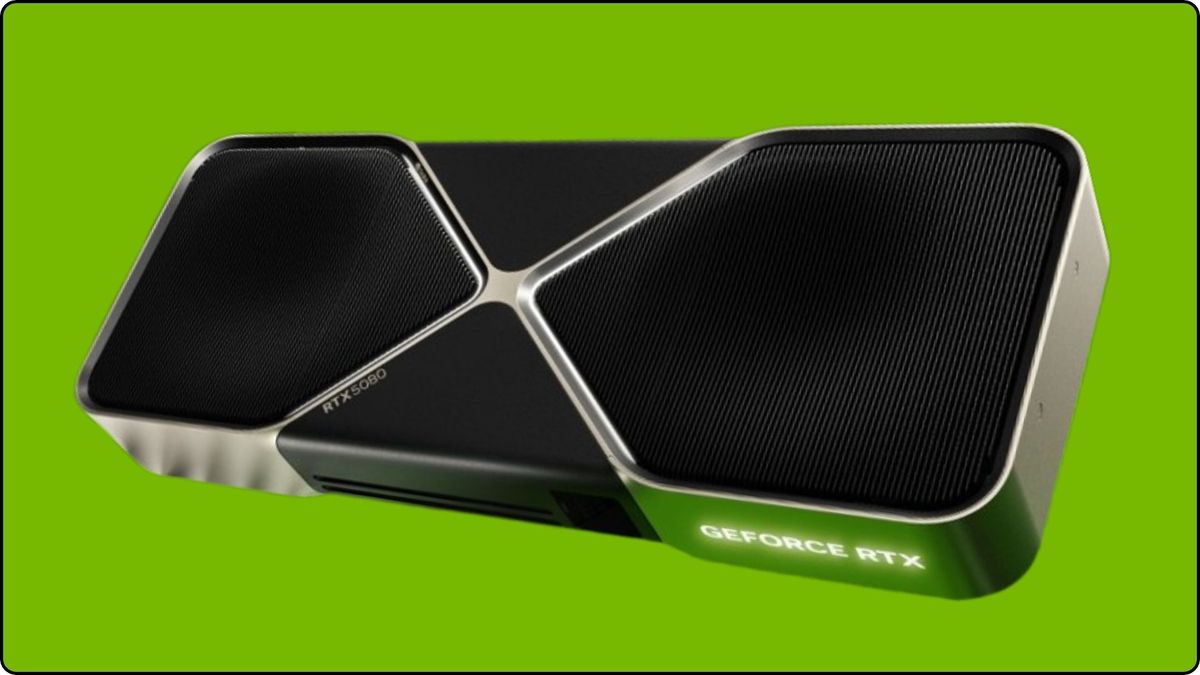HPE's unnamed 1,152-core system pushes Turbostat to support 8,192 cores in Linux 6.15

Linux 6.15 will bring support for 8,192 cores in the Turbostat CPU monitoring utility, if you happen to have such a system (via Phoronix). The change was driven by an HPE (Hewlett-Packard Enterprise) engineer who faced an issue with their unnamed 1,152-core system since Turbostat wasn't designed to handle more than 1,024 cores/threads. We currently aren't aware of any server CPU configurations that can exceed this limit (in terms of physical cores), so this may be a custom or next-generation solution from Intel or AMD. The utility currently only supports x86 processors, which seemingly rules out an Arm system from causing the issue.
Turbostat is a Linux command-line utility provided by the kernel-tools package and is baked into most distributions. It's a monitoring utility that reports clock speeds, idle power-state statistics, temperature, etc., on x86-based processors. This is important information, as we can infer that the 1,152 core system is likely an Intel/AMD solution. Likewise, a while back, Ampere's 384-core servers exposed a maximum core count limitation with the ARM64 Linux kernel, which only supported up to 256 cores.
Turbostat had a hardcoded limit (CPU_SUBSET_MAXCPUS) that was set to 1,024, which defines the maximum number of CPUs (cores) it can handle. Yesterday, just before the merge window for Linux 6.15-rc1 closed, the CPU limit was increased to 8,192 along with the addition of a CPU idle debug telemetry tool, and several bug fixes.

The HPE engineer didn't specify the details of the hardware powering their system. On the Intel side, it would make sense to look into its latest Xeon 6 'Granite Rapids' offerings, where we find the Xeon 6788P (86 cores) with 688 cores or 1376 threads in an 8S configuration or the Xeon 6900E (288 cores), topping out at 576 cores when put in a 2S setup. Similarly, AMD's EPYC 9005 'Turin Dense' can achieve 384 cores in a dual-socket configuration with the EPYC 9965.
Since none of these match up to the 1,152-core system, it's plausible to assume HPE is using a custom solution for higher socket counts. There is a possibility that this metric refers to the logical cores (threads) and not the physical cores, which falls well in the ballpark of existing solutions. As far as future products like Diamond Rapids and Venice are concerned, we're still in the dark regarding key specs like core counts.
Get Tom's Hardware's best news and in-depth reviews, straight to your inbox.
What's Your Reaction?
 Like
0
Like
0
 Dislike
0
Dislike
0
 Love
0
Love
0
 Funny
0
Funny
0
 Angry
0
Angry
0
 Sad
0
Sad
0
 Wow
0
Wow
0





:quality(85):upscale()/2025/04/04/906/n/1922153/36cdb2db67f0450a7697e9.58921428_.png)
:quality(85):upscale()/2025/04/04/774/n/1922153/4a9da8ef67f018411c24b9.24012932_.jpg)
:quality(85):upscale()/2025/04/04/858/n/49352476/1fe3cc4967f034ad6307f5.02927466_.jpg)
:quality(85):upscale()/2024/07/01/865/n/1922794/31b34f5c6683079fafdc56.00956289_.png)






















